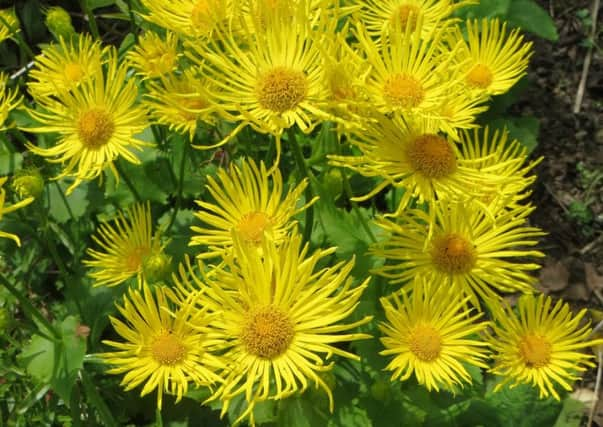Take a daily stroll to help keep in touch


May flowering plants are springing into bloom and we need to be out enjoying them.
Those with fragrance always catch our attention, as Viburnum x juddii is now. There is no mistaking the white clusters of tennis-ball sized flowers from a distance, but even when out of sight, the perfume acts like a homing device.
Advertisement
Hide AdAdvertisement
Hide AdTwo other species of viburnum in this garden, each of which serve a different purpose, need attention.
V. bodnantense ‘Dawn’ is a deciduous type, with pink clusters of bloom that appear soon after leaf fall in October and continue until April. They guarantee fragrance throughout winter and the stems are most attractive in a vase.
Raised so easily from hardwood stem cuttings, planted outside in autumn, this shrub needs pruning every other year when flowering ends to keep it within bounds.
Viburnum tinus is an evergreen type, offering ideal cover for birds nesting in springtime and roosting year-round. The pink-budded, white flowers linger even longer than ‘Dawn’, but have no scent. Young shoots taken as softwood stem cuttings in May and June will take root in the gritty medium of a propagating frame.
Advertisement
Hide AdAdvertisement
Hide AdTinus cultivars respond well to severe pruning after flowering, and this can be undertaken now.
Long-lasting flowers on the winter jasmine have given way to new growth so it’s worth pausing by that shrub, secateurs in hand, to do a little thinning-out of old stems to keep the plant fresh.
Blooms have also faded on golden forsythias, signalling time to step in and remove the stems that supported them, leaving new growths to ripen for next spring’s display.